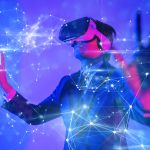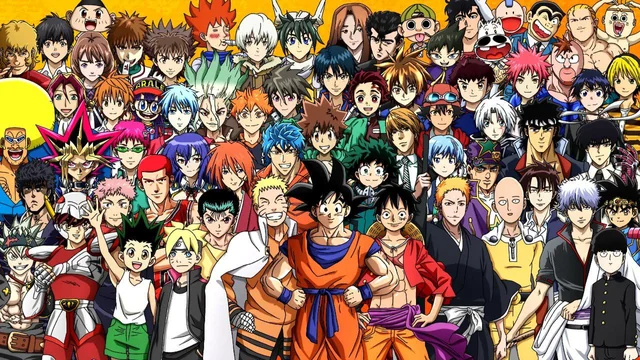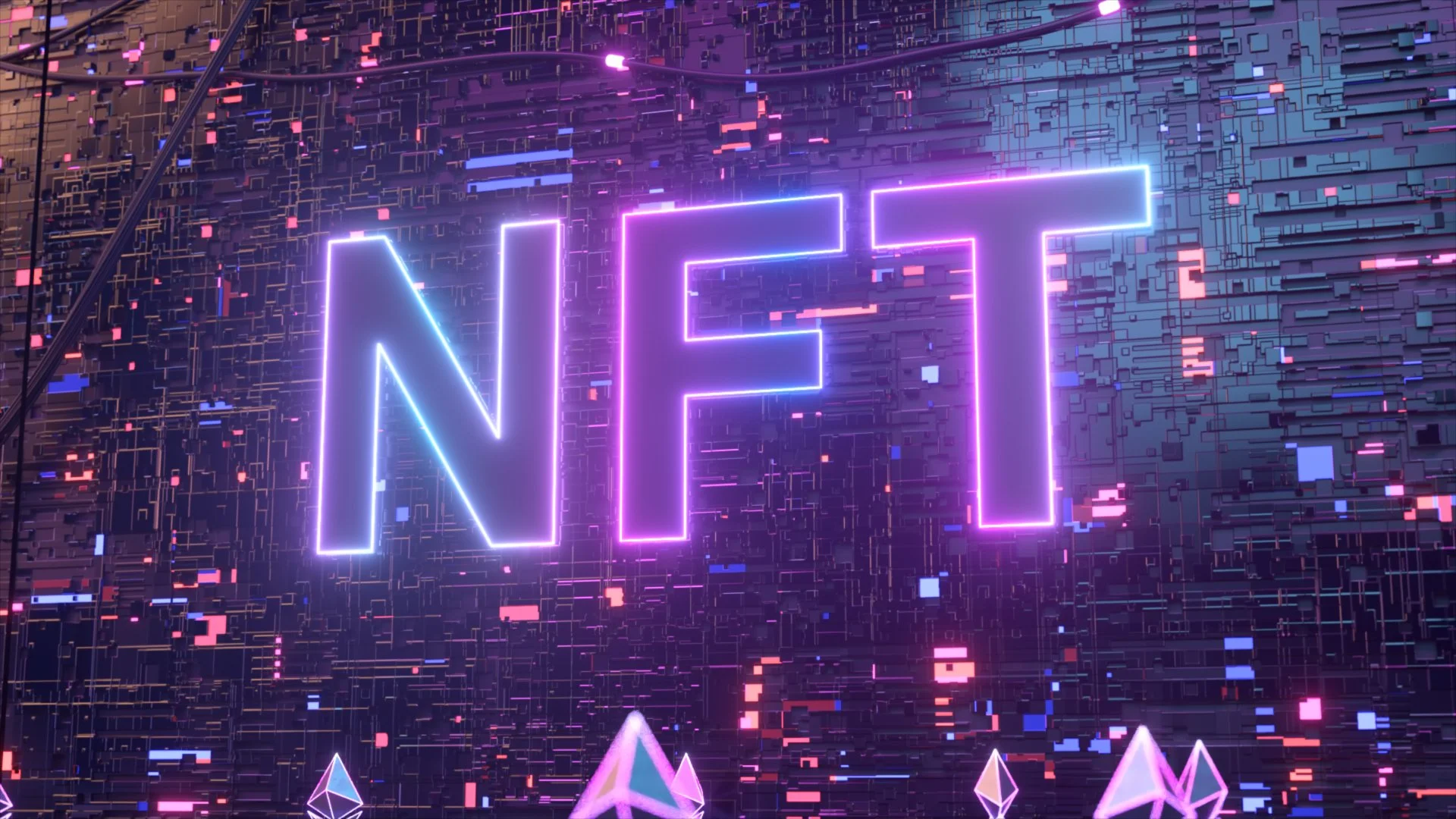In the 21st century, anime has evolved from a niche entertainment genre into a powerful global language of culture, technology, and diplomacy. As artificial intelligence continues to redefine storytelling and distribution, anime is becoming more than just a visual art — it’s a subtle but effective instrument of global influence. Governments, corporations, and digital movements are leveraging anime-inspired media to shape perceptions, promote national identities, and engage with youth populations across continents.
This intersection of anime, AI, and politics has created a new digital frontier. The question is no longer about whether anime influences people — it’s about how that influence is being directed and by whom.
The Rise of Cultural Soft Power Through Anime
Japan’s use of anime as cultural soft power is one of the most remarkable success stories of modern diplomacy. Through franchises like Naruto, One Piece, and Attack on Titan, Japan has embedded its values of perseverance, honor, and unity into the global consciousness. These narratives have not only entertained but also strengthened Japan’s image as a nation of creativity and resilience.
However, this influence is no longer limited to Japan. Other countries — from South Korea to the United States — are adopting anime aesthetics and storytelling techniques in their media to connect with global audiences. Governments are recognizing that digital animation, when powered by AI and streamed globally, can subtly shape international narratives and national identity.
AI-Driven Propaganda and Information Control
Artificial intelligence has added a complex layer to this new form of influence. Algorithms capable of generating entire anime scenes or characters can now be programmed to reflect ideological messaging. AI models trained on large datasets of visual culture can produce content that resonates emotionally while carrying political undertones.
For instance, state-sponsored digital creators are exploring anime-style storytelling to promote national achievements or deflect criticism in the global arena. What once required years of animation work can now be generated in days, giving political actors unprecedented speed in controlling online narratives through stylized visual media.
Tech Giants and the Globalization of Anime Culture
The dominance of streaming platforms such as Netflix, Disney+, and Crunchyroll has globalized anime more than any cultural export before it. These companies have turned anime into a cross-border phenomenon, curating content that appeals to both Western and Eastern audiences.
But behind the scenes, AI-driven algorithms decide which titles to promote, which regions to prioritize, and which themes gain traction. These recommendation systems — often opaque and commercially motivated — indirectly shape public taste and even cultural exposure. This algorithmic gatekeeping gives tech corporations immense influence over which narratives define global anime culture.
The Role of Celebrity Collaborations and Virtual Identities
The fusion of celebrity culture with anime has further magnified its reach. Pop icons like Billie Eilish, The Weeknd, and BTS have incorporated anime-style visuals into their videos and performances, making the aesthetic universally recognizable. Meanwhile, AI-generated virtual idols, such as Japan’s Hatsune Miku and China’s Luo Tianyi, have transcended human boundaries, performing at global concerts and amassing millions of followers.
These digital personalities are not merely entertainers — they are cultural ambassadors. When supported by state or corporate entities, their influence can extend into subtle areas of diplomacy, shaping youth perceptions through music, art, and storytelling.
Political Tensions in the Digital Age of Anime
While anime and AI are bridging cultural divides, they are also amplifying new political tensions. Questions about intellectual property, digital ethics, and data privacy have grown urgent as AI-generated anime becomes indistinguishable from human art.
Moreover, the weaponization of digital art in disinformation campaigns poses new challenges. Governments must now navigate how to regulate AI tools without stifling creativity or freedom of expression. The balance between innovation and integrity has never been more delicate.
FAQs
How is anime being used for political influence?
Anime is increasingly used as a soft power tool by nations to shape global perception, promote values, and engage with younger international audiences.
What role does AI play in anime’s political use?
AI accelerates production, personalization, and distribution, enabling political actors to generate emotionally appealing content with subtle ideological messaging.
Are AI-generated anime projects replacing human artists?
Not entirely, but they’re reshaping the industry. Many studios now combine human creativity with AI efficiency to balance artistry with scalability.
Can anime be considered a form of propaganda?
In some cases, yes. When anime is used to promote national ideologies or political narratives, it becomes a form of cultural persuasion.
What challenges arise from the globalization of anime?
Cultural homogenization, algorithmic bias, and political manipulation are key challenges as anime transcends borders through digital media.
Conclusion
Anime has entered a new phase — one where artistry, politics, and technology intertwine. AI has given storytellers and institutions the tools to create global influence at unprecedented speed and scale. The result is a dynamic, borderless form of communication that wields both creative and political power.
As the digital landscape evolves, anime’s role in shaping minds and nations will only grow. Whether this future fosters understanding or division will depend on how responsibly creators, governments, and audiences wield the immense power of this art form.










